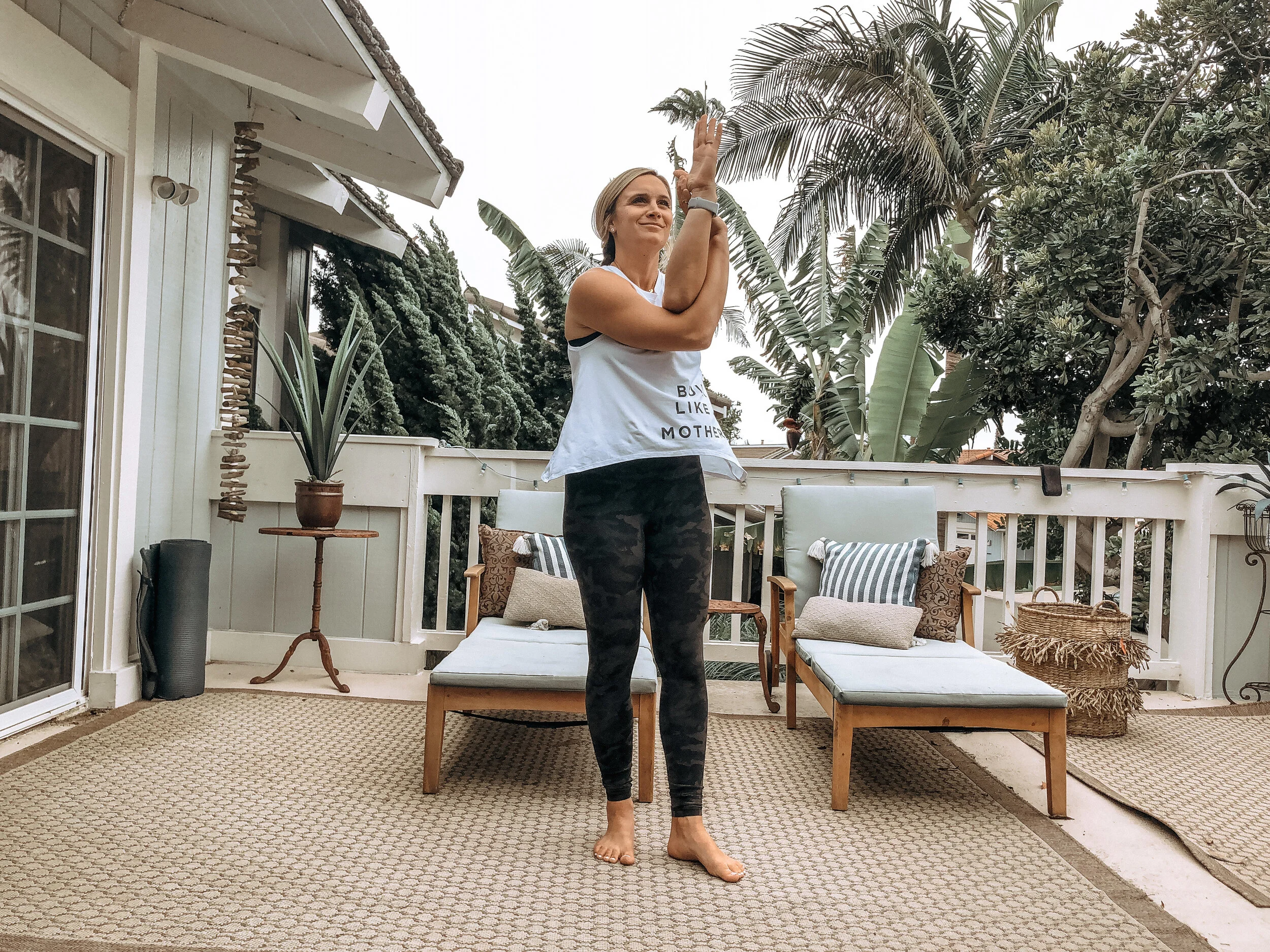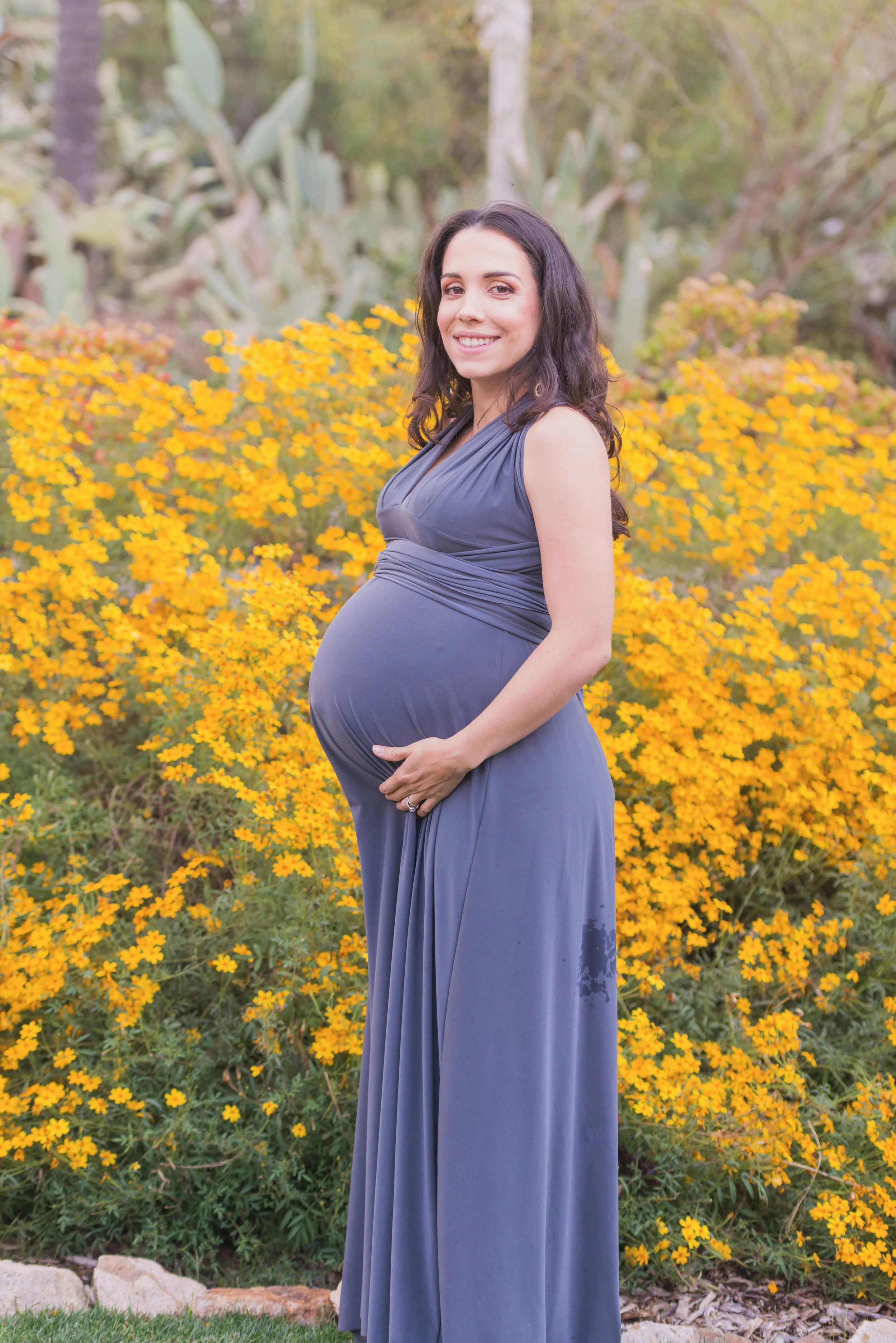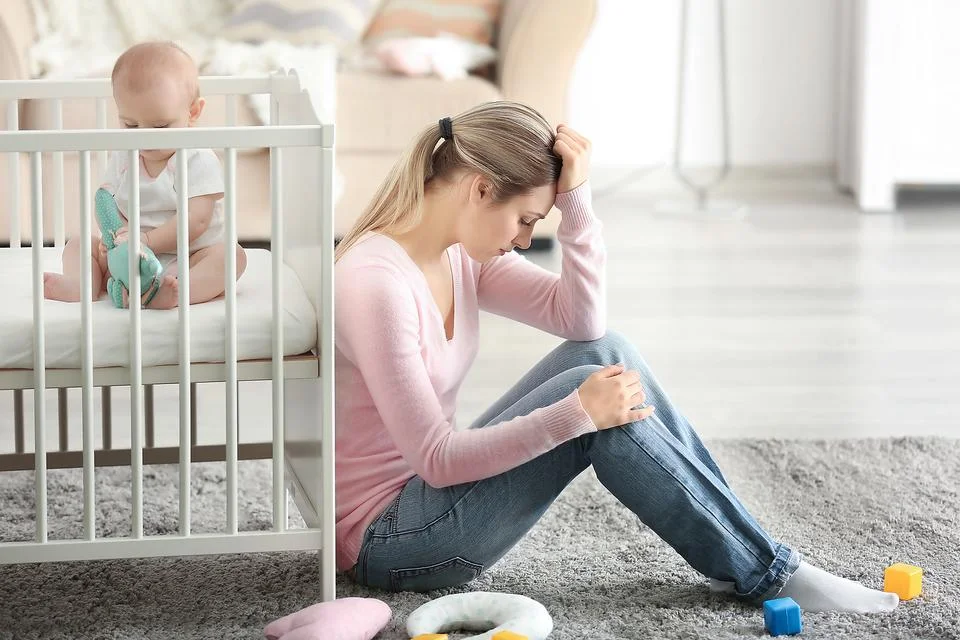5 Post-Pregnancy Exercise Mistakes you Don't Want to Make
After having a baby, you may feel the pressure to jump right back into your regular fitness routine. As new mom’s, it can be hard to be patient and more importantly realistic about getting back into shape. We just want to feel good again! Am I right?! Although this is true, I want you to learn from my mistake after my first pregnancy at jumping back too soon and not letting my body heal completely. Remember how it took 40 weeks to form the pregnant body, give yourself grace and remember that it will take that time or more to get back. No matter if your labor is quick, long, or surgical, the body undergoes a huge transformation to bring your little miracle(s) into the world.
Here are 5 Post-pregnancy exercise mistakes you do not want to make.
PUSHING TOO SOON.
If you are anything like me, you may feel the urge to get back to your workouts immediately after having your baby. Most doctors advise women to recover for 4 to 8 weeks before resuming exercise, but the American College of Obstetricians and Gynecologists (ACOG) says it’s OK to gradually resume exercising postpartum when ever you feel up to it.
Although this is true, This doesn’t mean jumping right in to how you worked out pre-pregnancy. When it comes to getting back into shape postpartum, I want you to think: slow and steady. Getting back into shape after a baby takes time and finding a balance that works for you. Remember that it is not going to happen over night or in a few weeks. It took 9+ months to grow your baby and I made the mistake of getting back to lifting and running too soon after having my first baby. I then suffered from urine leakage and diastasis recti! You have to get rid of that “all or nothing” mentality and instead work on building a strong foundation from within -building and activating your core— and then adding on from there.
Coming soon to the blog— 10 exercises you can do when feels good prior to 6 week check-up.
Here are 3 signs to STOP exercise immediately:
increased bright red vaginal bleeding after exercise- can mean than you are not healed or pushed too hard. I recommend calling your doctor.
Pain/discomfort - something is off
Breast infection or abscess - call/message your doctor immediately!
Read more about Exercise in the Fourth Trimester
2. IGNORING POOR FORM.
All the physical changes we experience in pregnancy often cause us to compensate in some way and this by can create entirely new movement patterns in our body. There are certain muscles that become weakened, tightened and overstretched during pregnancy and this can mess with our alignment during the postpartum period too. In my blog posts on exercise during each trimester, I talk a lot about how form is key and this continues to be important postpartum, and when we are out of line, our form tends to suffer.
Childbirth can leave your pelvis out of whack and abdominal muscles weakened, not to mention all of the breastfeeding/bottle feeding and bending over to pick up a baby that do not do good things for posture, either. This is where postpartum stretches and exercises come in. make sure you are taking time to take care of yourself!
Here are some ideas for postpartum stretches
3. NOT FOCUSING ON PELVIC FLOOR
“Leaking urine is NEVER normal. Painful sex is NEVER normal. This is important because it is so normalized in the post partum population because it is so COMMON.”— JANDRA MUELLER, DPT, MS
I highly recommend you have an evaluation with a pelvic floor PT! In other countries, like France, seeing a PFPT is standard of care. In the US, ACOG released a statement a few years back also endorsing this, but it hasn’t become part of the process yet. Pelvic PTs can also help identify if you have a diastasis recti, screen you for prolapse, work on scar tissue from tearing, and help to identify any hormonal deficiencies in your tissue which may cause painful sex. I recommend everyone see one!
4. CRUNCHING
I do not recommend any crunches or exercises with spinal flexion for my postnatal clients in the first six months or until any issues with diastasis or pelvic floor dysfunction has been resolved. Sit -ups (spinal flexion) are a fan favorite, but only strengthen the rectus abdominis aka the “6-pack abs” and this can worsen your diastasis (DR). I know so many women have the urge to do crunches thinking it will get them a flat stomach and stronger core after baby, but it can actually do the opposite and cause more damage to your core. You should focus only on strengthening your deep abdominal like your Transverse abdominis!
Some exercises to help heal DR and check out my reel on IG here
5. Comparing yourself to others
It is so hard to do, especially in today’s world with social media. It may seem like other women are “bouncing right back”, but just like how all of our pregnancies are different, so are our our postpartum journeys. Don’t believe everything that you see on social media either, a lot of it is an illusion—I know it is easier said than done!
Celebrate the fact that your journey is uniquely yours! Recovery is both physical and mental — because of that, treat this process with as much grace and patience as you possibly can and try to have fun doing it. Celebrate the small victories and call in for support when you need it! You are amazing mama














Recovering from a C-section can feel overwhelming, but with time, patience, and the right approach, you can rebuild strength in a way that respects your body’s healing process